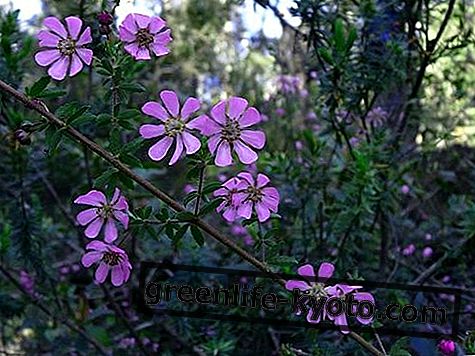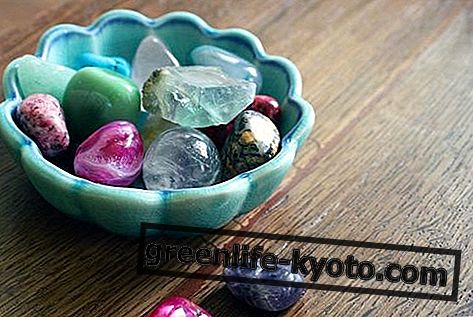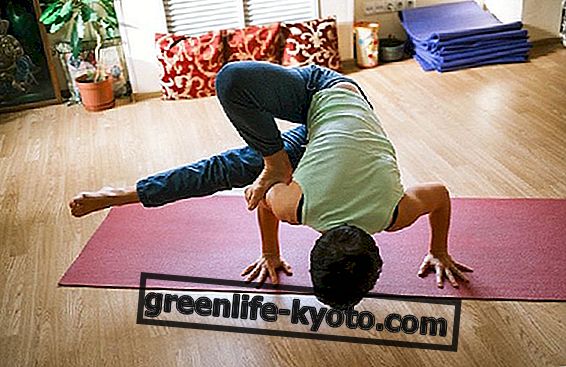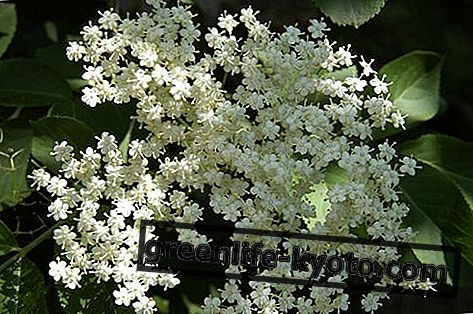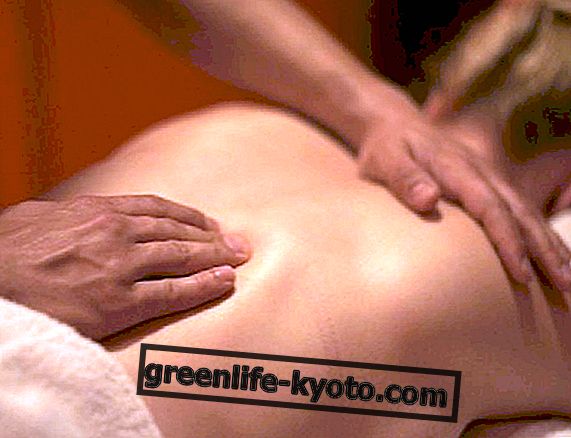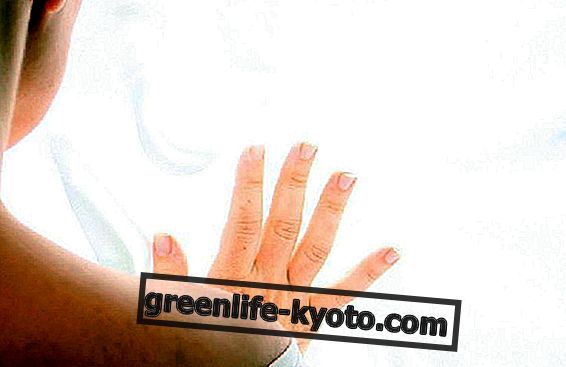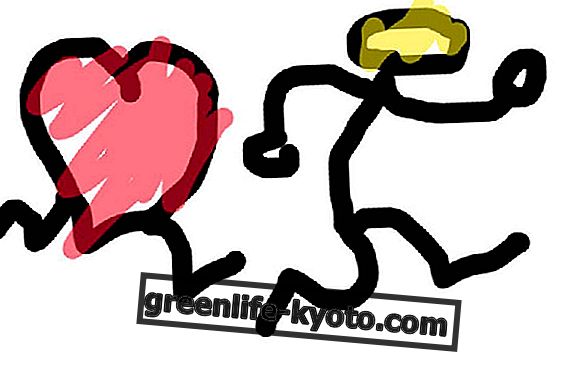
Energy, through specific paths, circulates and nourishes the body. These paths are called meridians or even, in Indian medicine, "nadis".
The meridians form a cross-network of interconnected pathways that connect the organs, skin, muscles and bones into a single body. The Qi or prana that circulates within them can be of two types:
- yang which serves to defend the body from the outside;
- yin to nourish the body inside.
This energy flows throughout our body, touching all twelve organs, each of which is connected to a meridian and an emotion and takes its name based on the internal organ to which it is connected. Meridians, like rivers of energy, ensure adequate nourishment of the life force or Qi within the body.
When one is healthy, the flow of Qi proceeds unhindered, like water in a river, and the energy is well distributed in all its ramifications. When the meridian is blocked for some reason, the Qi fatigue or even fails to reach the specific area it should feed. The result is that the cells, organs or tissues of the affected area will suffer.
The meridians are numbered from 1 to 12 according to the flow of energy that passes through them. All the meridians originate or end in the head, in the chest in the hands or in the feet.
1. Lung - begins in the chest in front of the scapula and ends in the thumb
2. Large intestine / Colon - starts from the index finger, ends at the side of the nostril
3. Stomach - starts under the eye, ends in the second toe
4. Spleen / Pancreas - starts with the big toe, ends at the side of the chest
5. Heart - begins in the armpit, ends in the little finger of the hand
6. Small intestine - starts from the little finger of the hand, ends in front of the ear
7. Urinary bladder - starts from the inner corner of the eye, ends in the little finger of the foot
8. Rene - part of the sole of the foot, ends in the chest
9. Pericardium / Master of the Heart - starts from the nipple, ends up in the middle finger
10. Triple Heater - starts from the fourth finger of the hand, ends in the outer corner of the eyebrows
11. Gall bladder - starts from the inner corner of the eye, ends up in the fourth toe
12. Liver - part of the big toe, ends under the nipple
Since the meridians serve the whole body from the outside to the inside and vice versa they have a dual role: they prevent the harmful energies from entering (in the form of bacteria and viruses) in the body; they also indicate the presence of harmful energy present inside the body in the form of external symptoms. These can be felt as pain, heat, cold, etc.
Any kind of "disease" is a sign that the energy within the meridian system is out of balance and most of these imbalances are due to an "emotional conflict".
When a meridian is blocked, too much Qi arrives in one part of the body, while another part becomes deficient. This will result in the fact that one organ becomes hyperactive, while another organ is not very active or fatigued. If this problem is not corrected, it can lead to a worsening of symptoms.
The search for these areas of imbalance is one of the objectives of diagnosis and treatment of various holistic disciplines including the Emotional Balance since their quality and location can tell us a lot about the origin, position and depth of the imbalance in the energy system, which will result in a certain disease.
Being Emotionally Balanced means being Energetically Balanced and this allows us to "work" in prevention, or, on the symptoms, starting from the "triggering cause" and not from the effect produced by these imbalances.


